Following on my March 6 visit to the Axum obelisks, I entered the Axum Museum and made an excursion to the trilingual tablet stored in a shack nearby.
In the museum, they have interesting old crosses, the second of which was found near the Church of St. Mary Zion. There were also some interesting drain gargoyles, probably of a similar period.
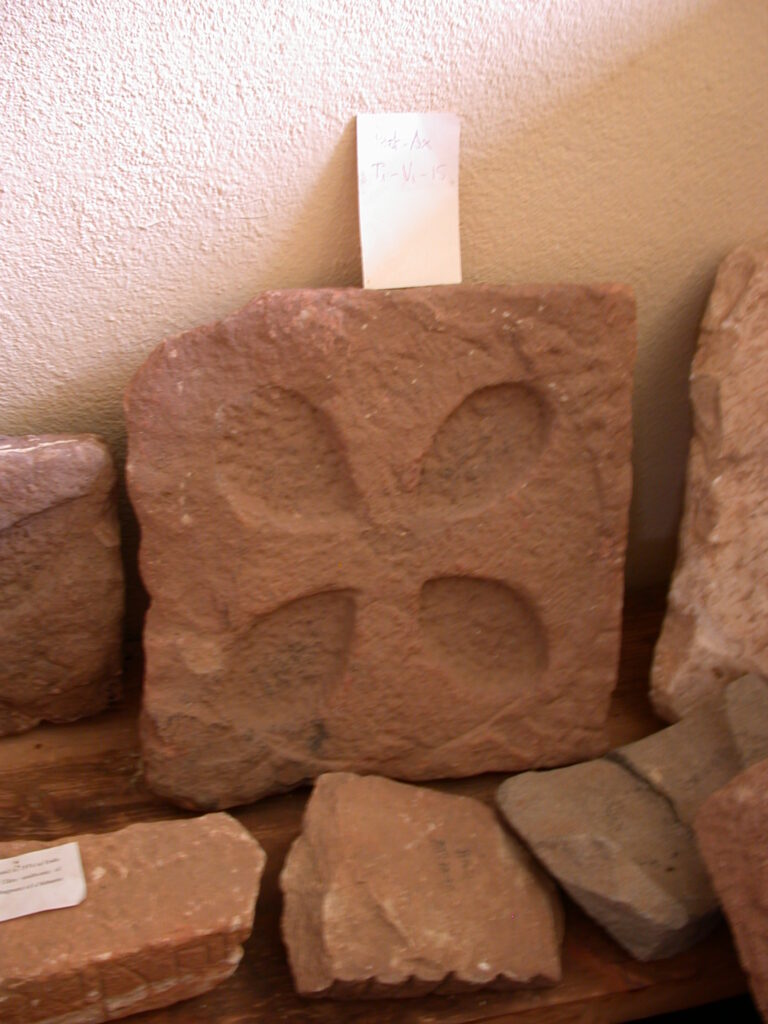
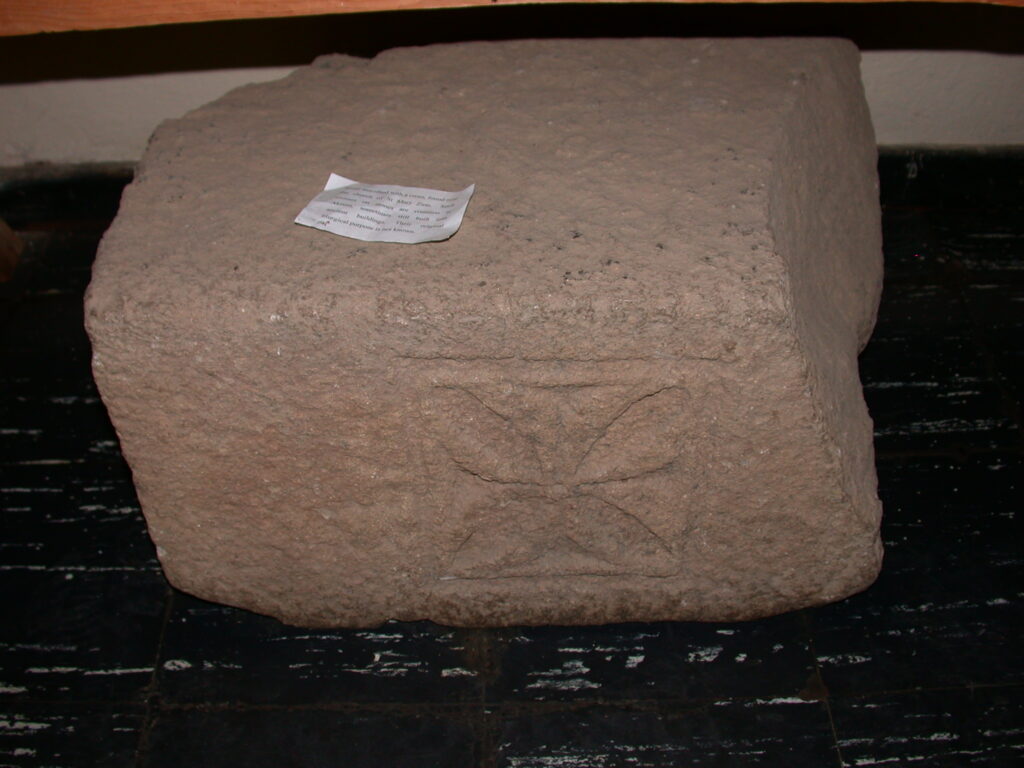
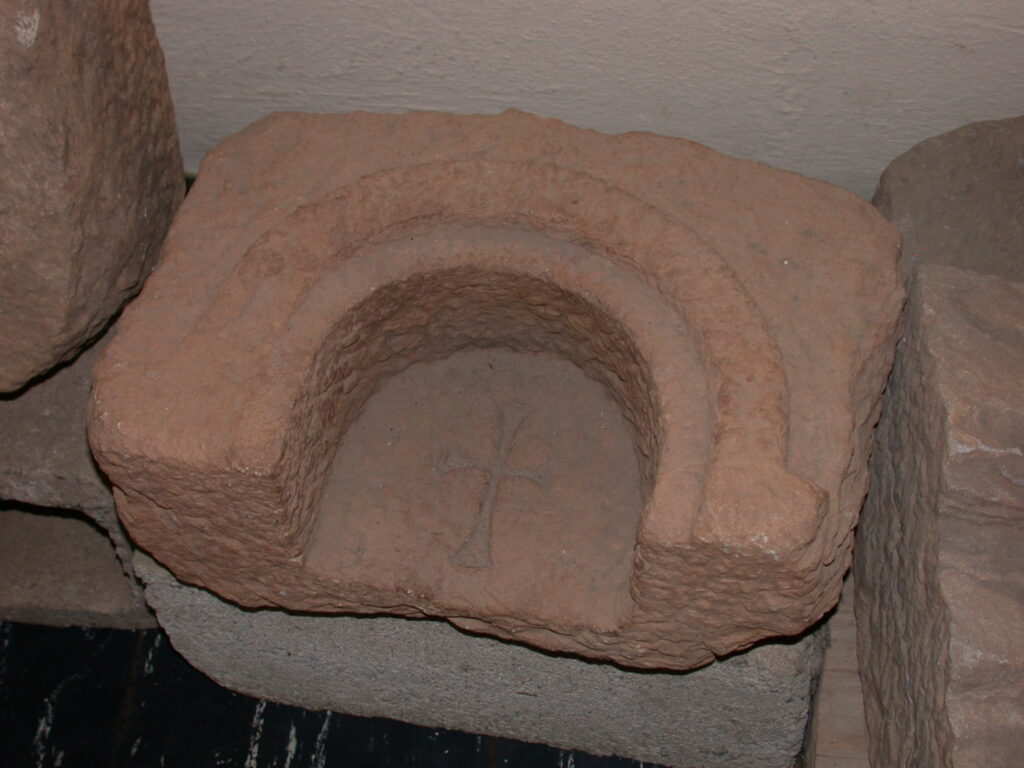
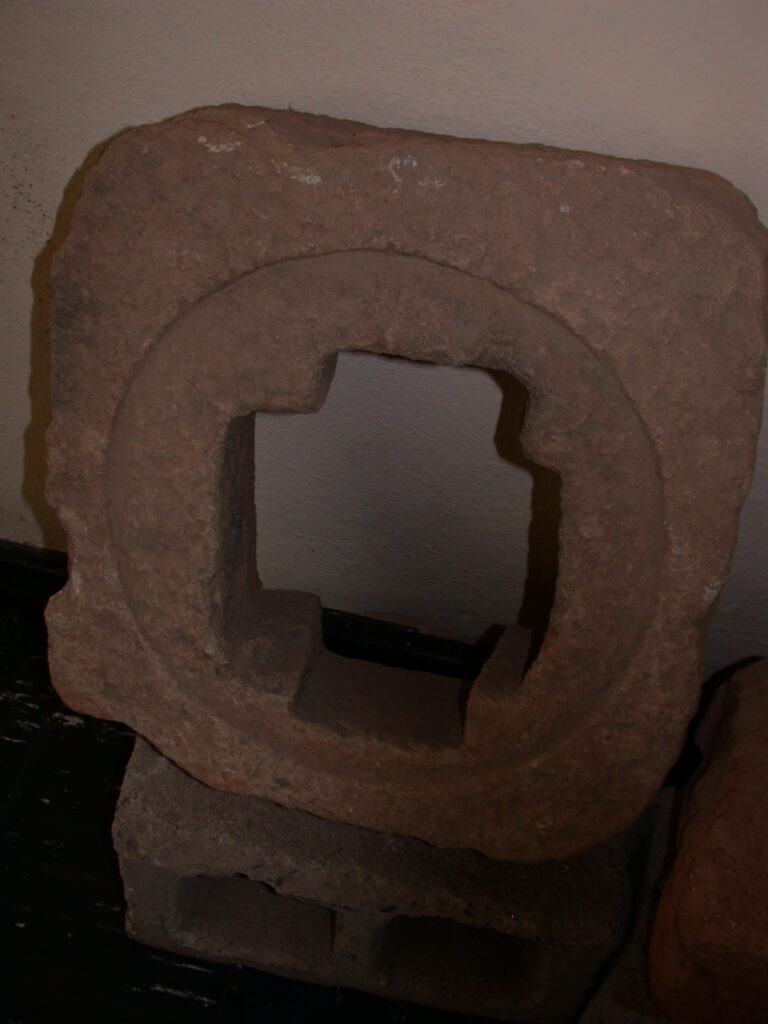
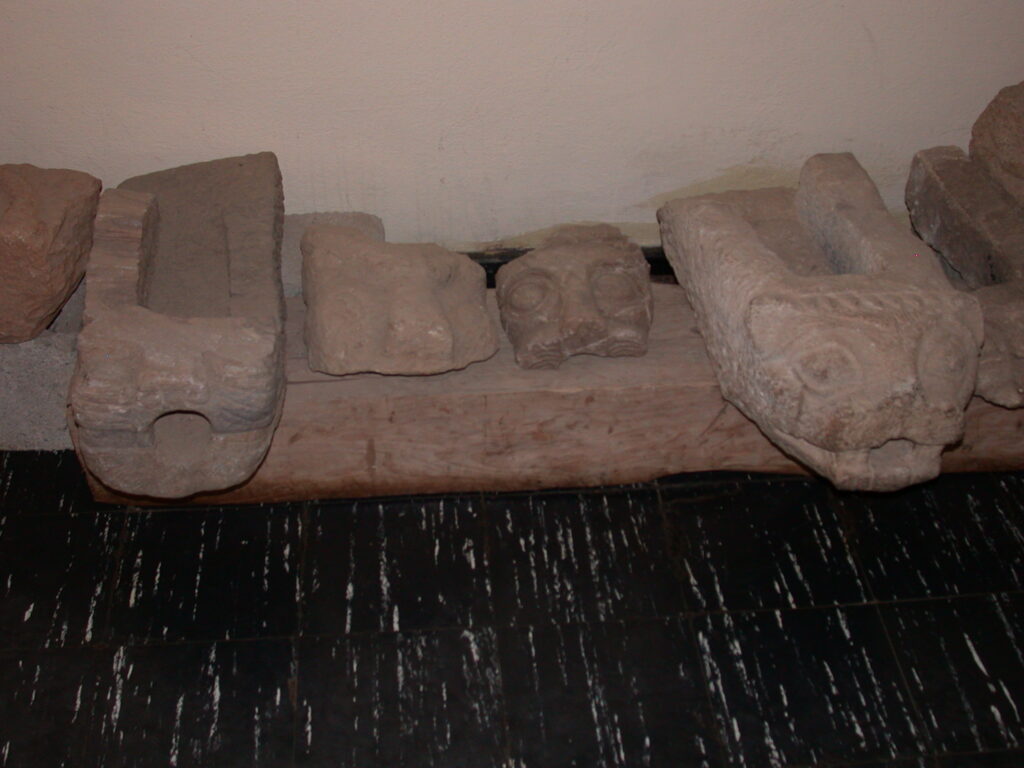
There are stone inscriptions in a pre-Axumite language called Sabean from the middle of the first millenium BCE.
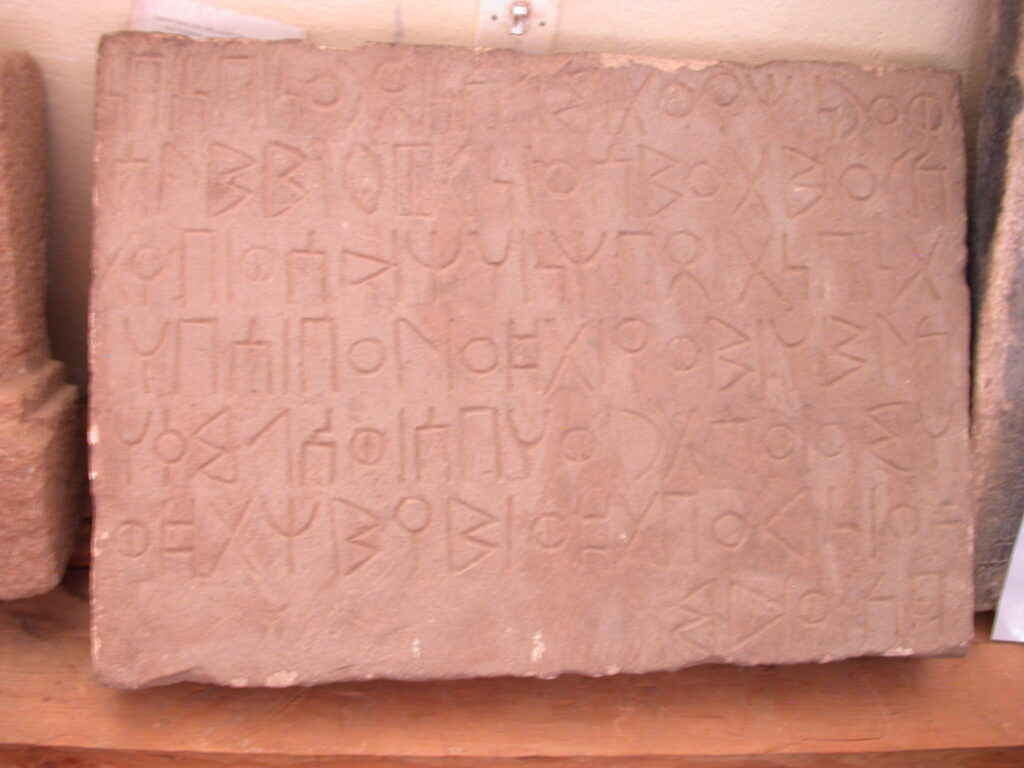
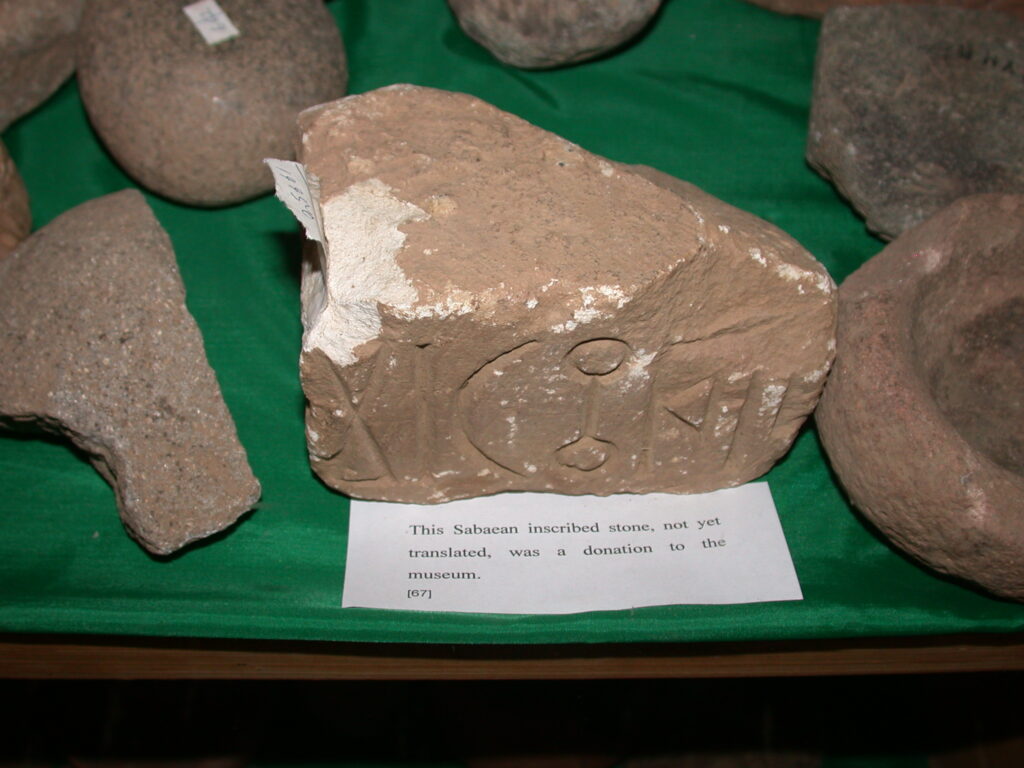
Interesting human figures, three-legged pots, coins, and miscellaneous other items at the museum.
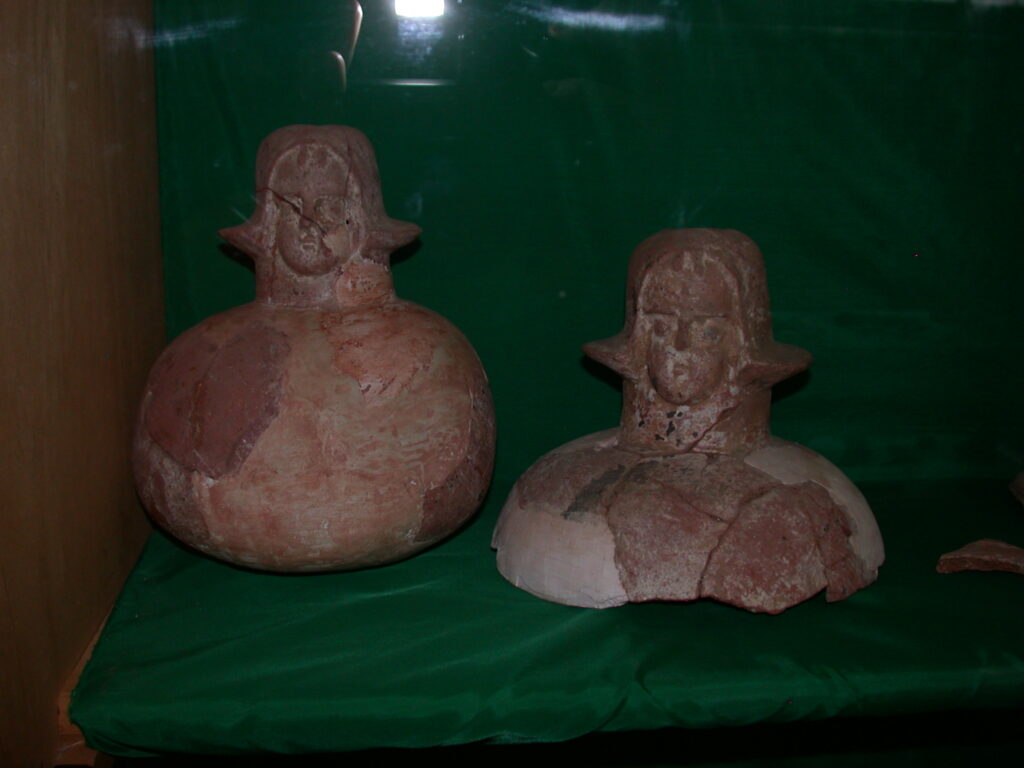
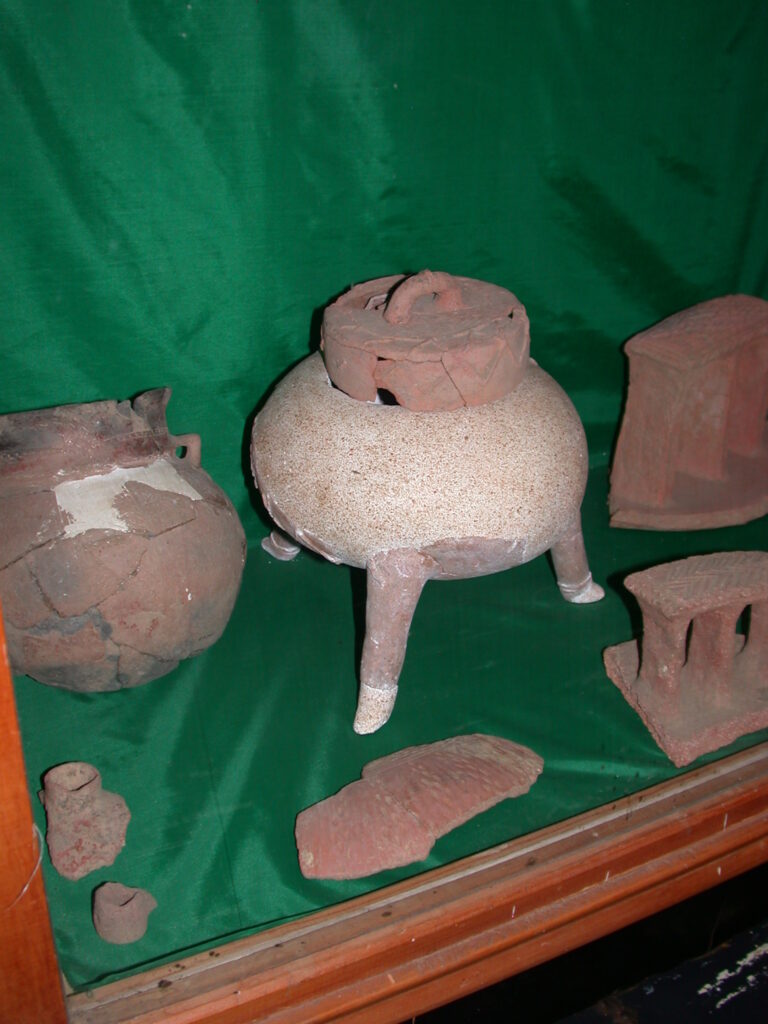
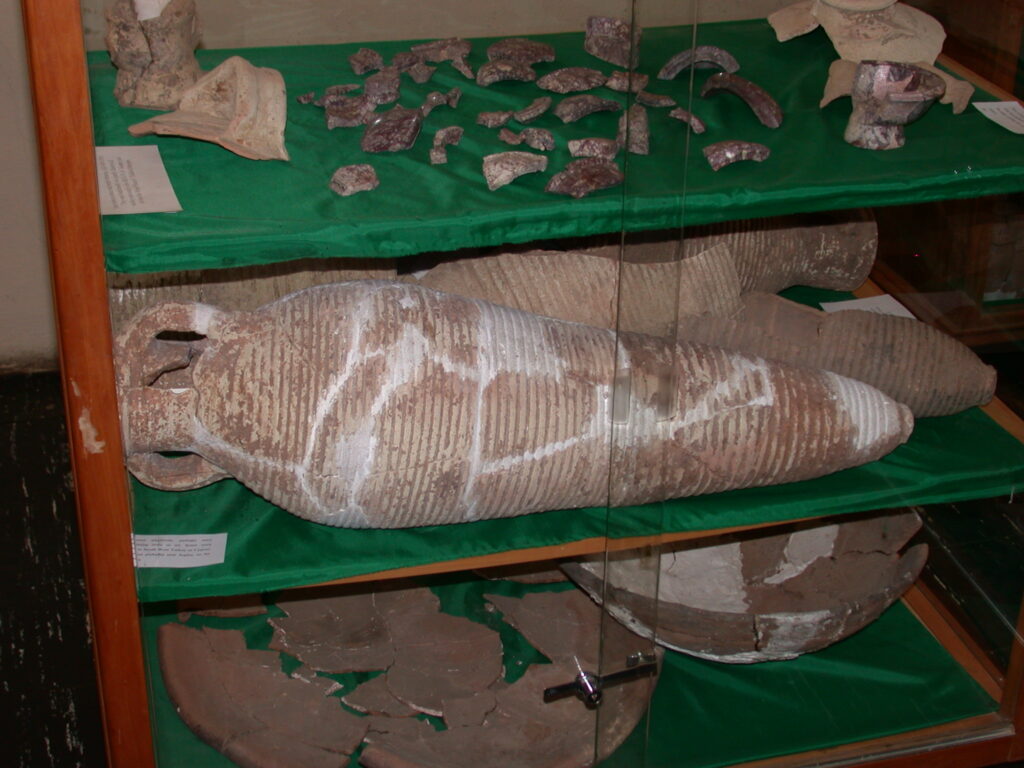
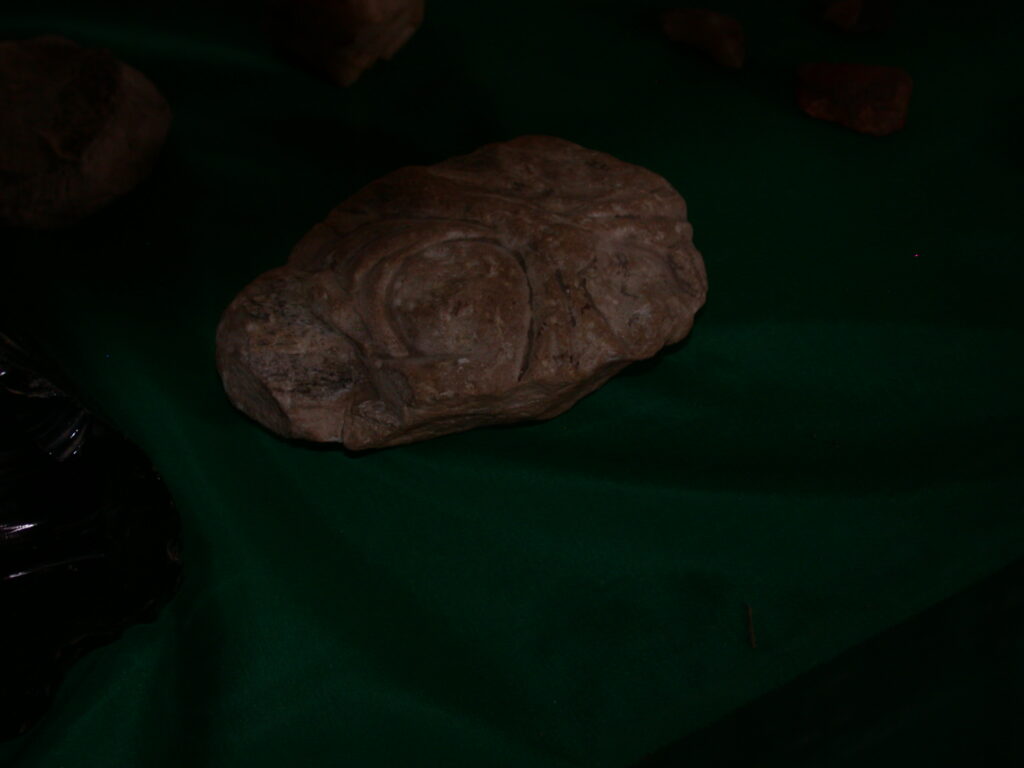
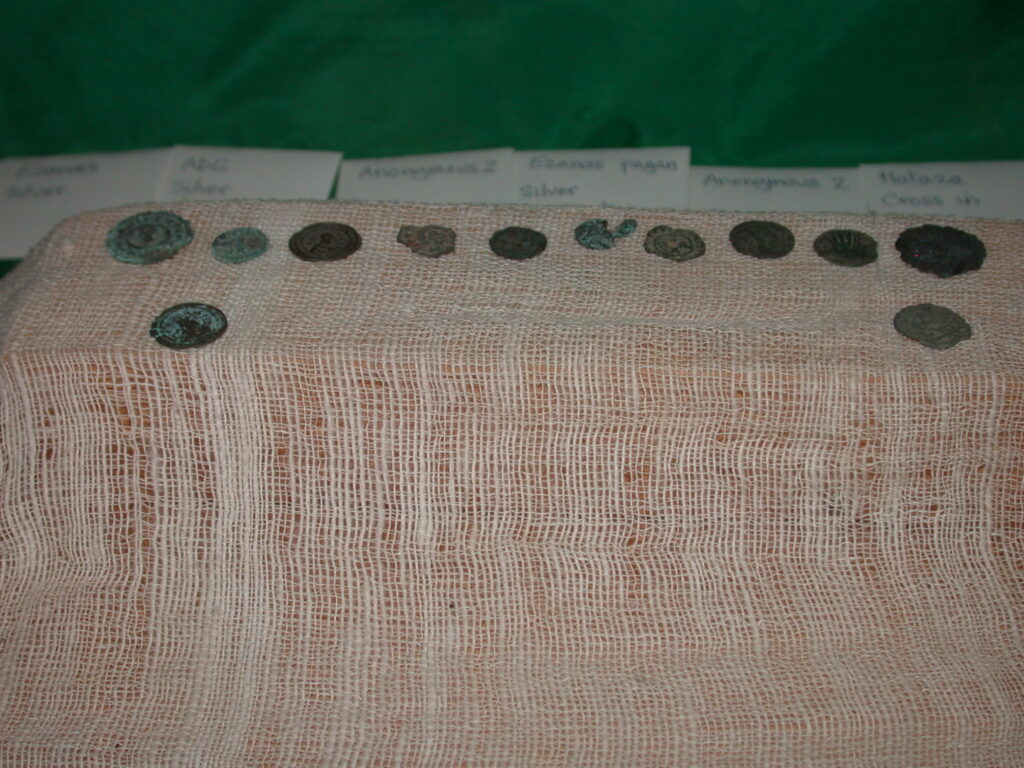
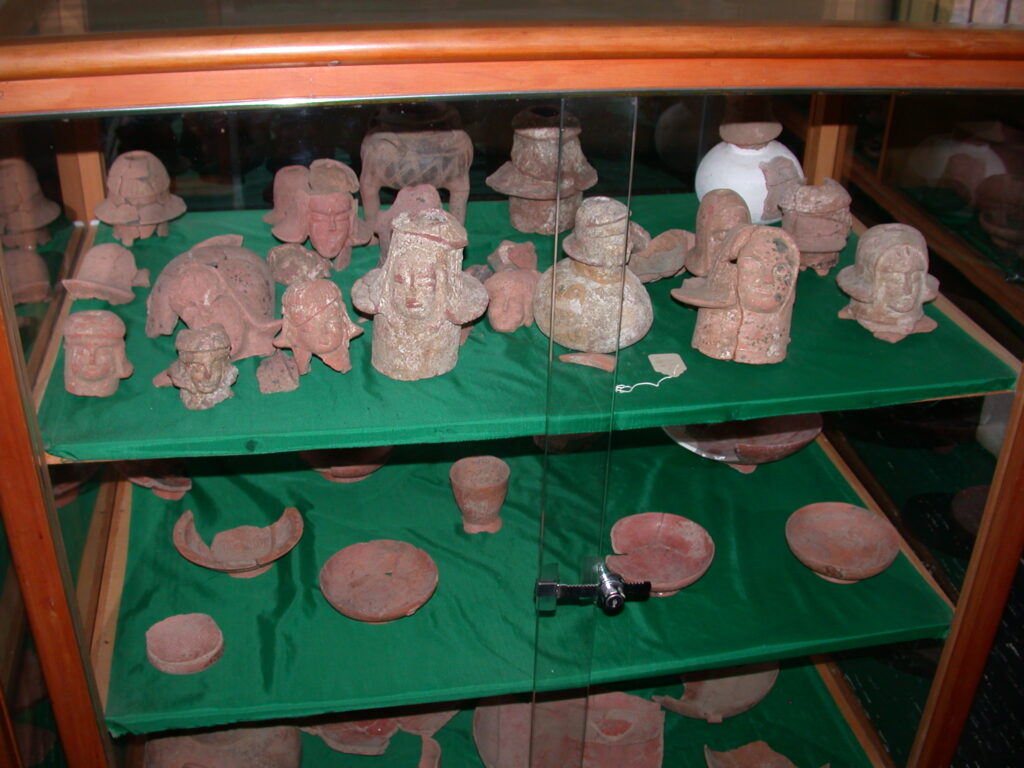
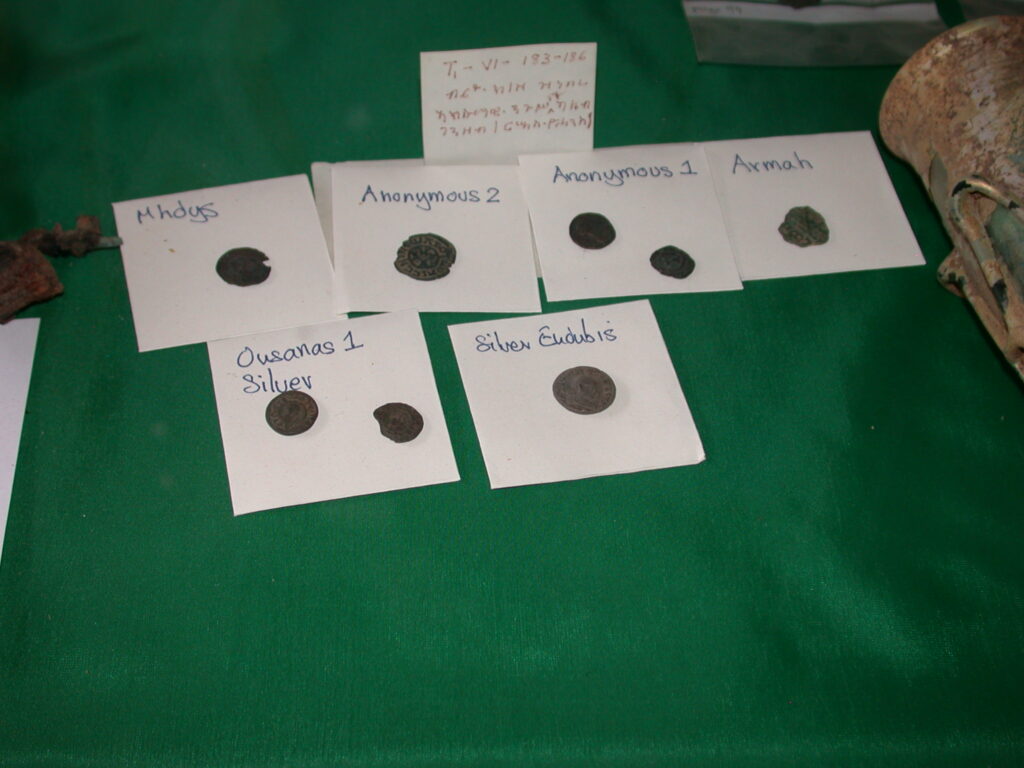
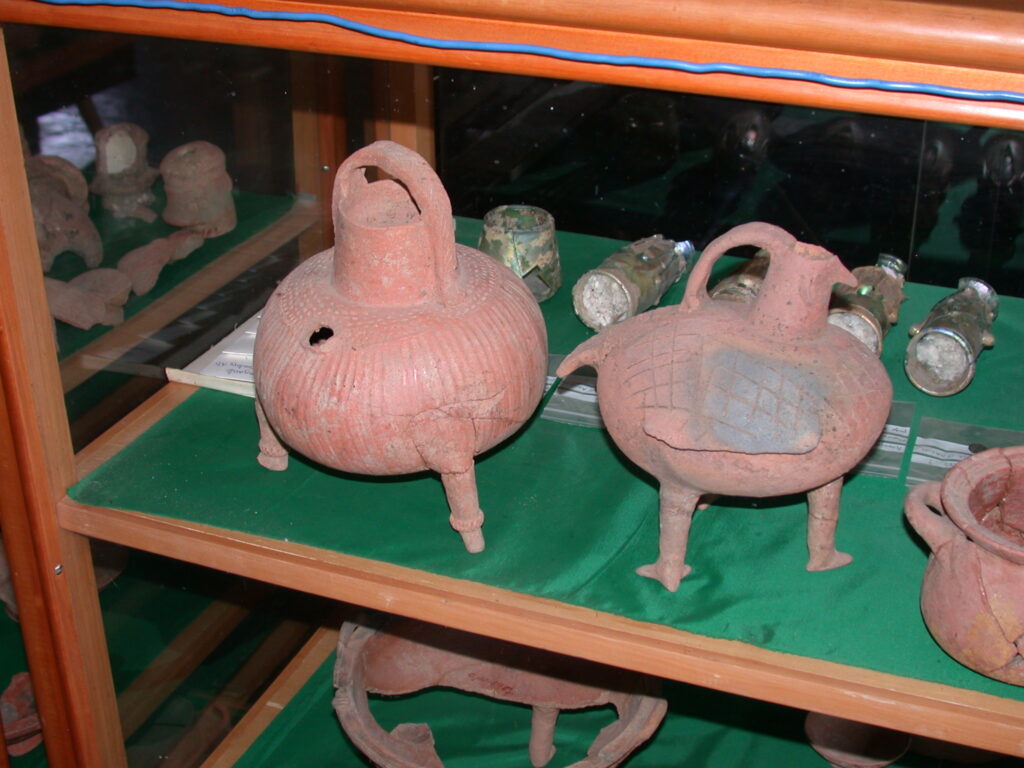
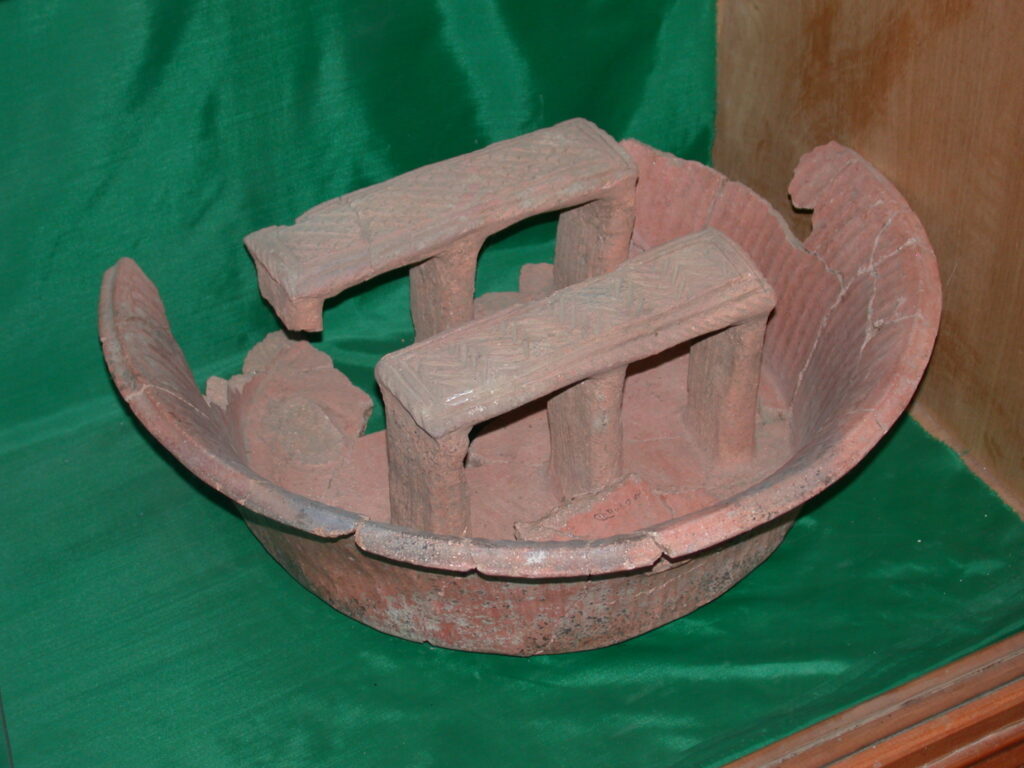
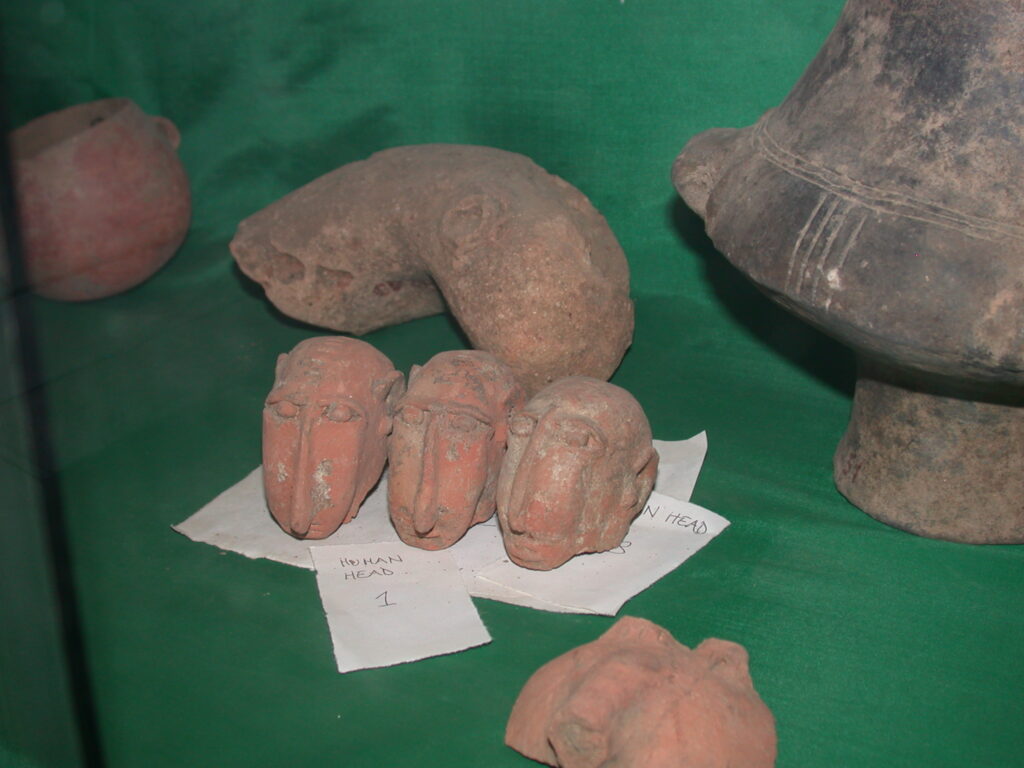
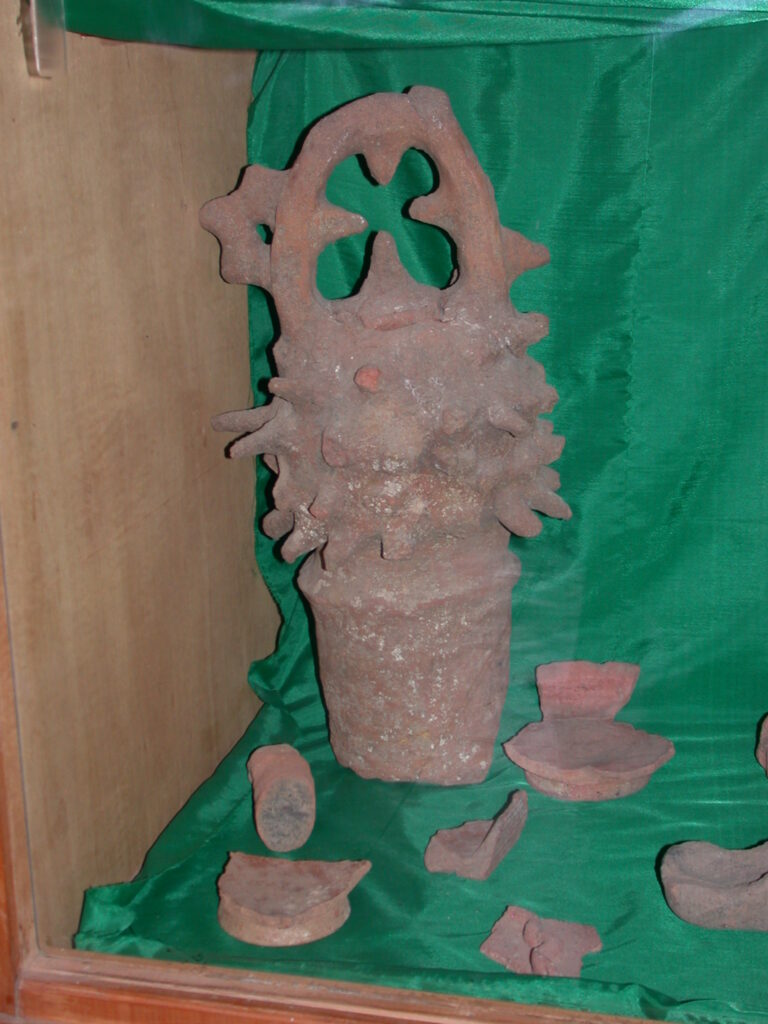
This woman was weaving and selling baskets outside the Axum Museum.
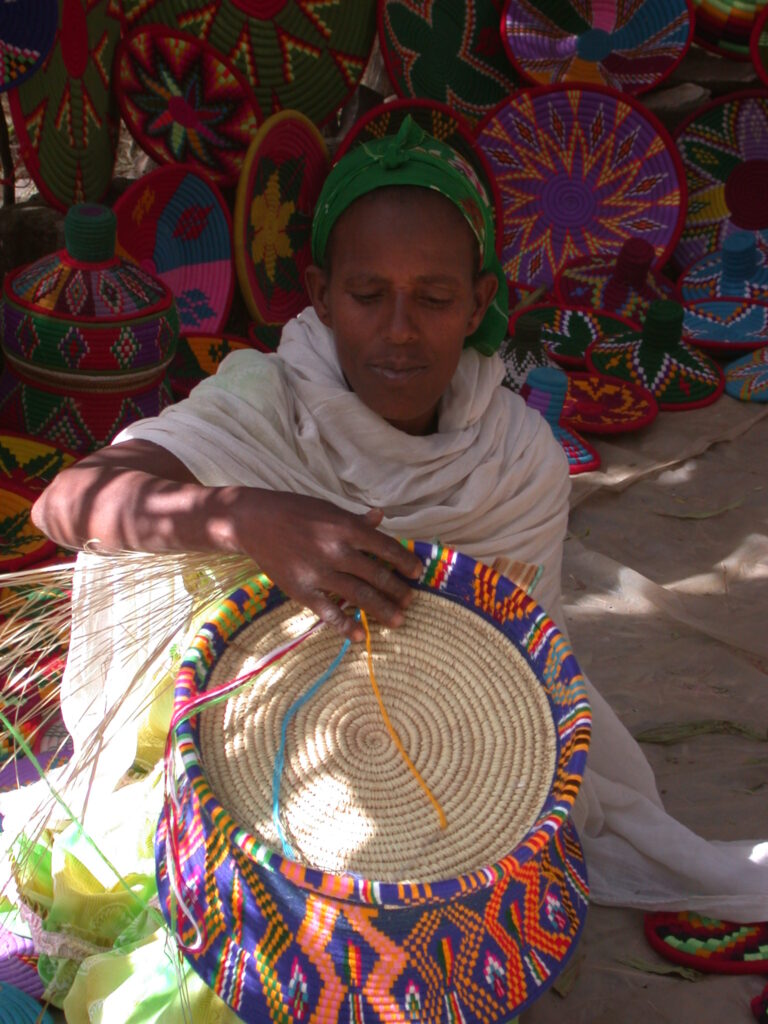
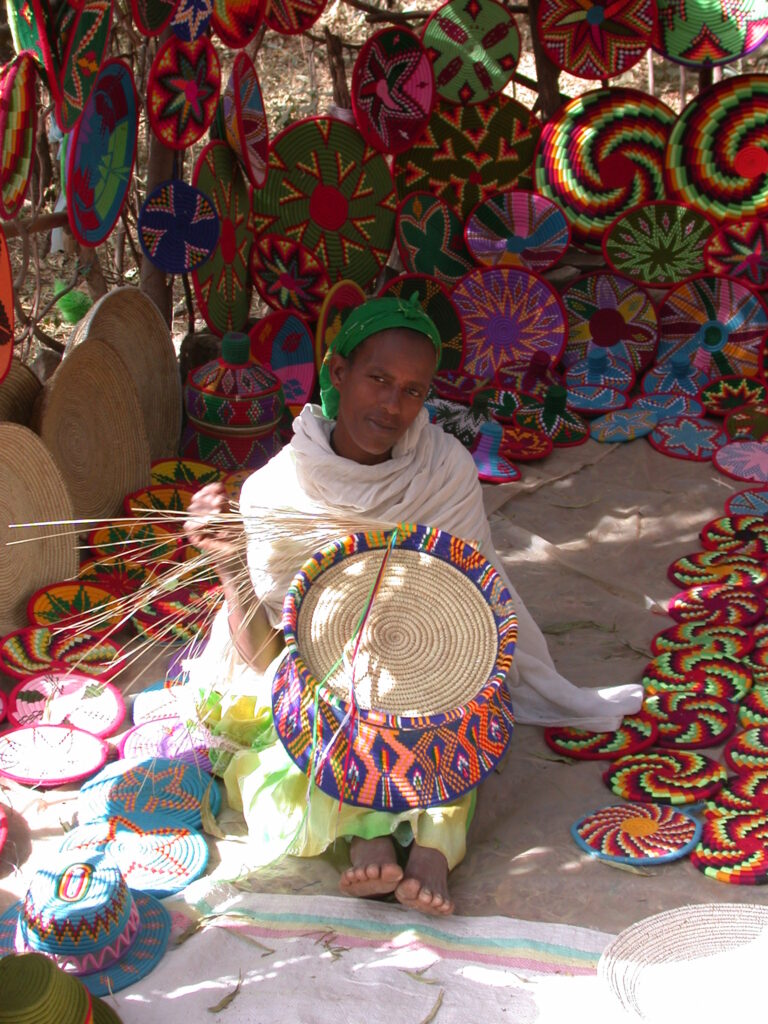
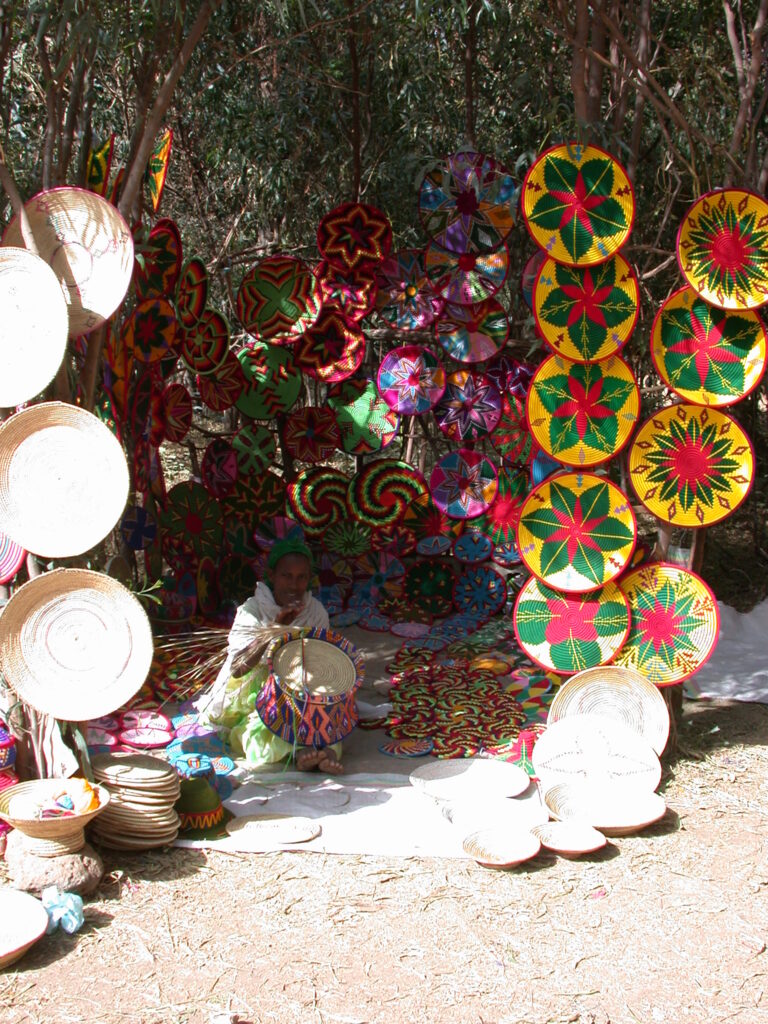
And here is the Trilingual Tablet, in Ge’ez, Greek, and Sabean I think.
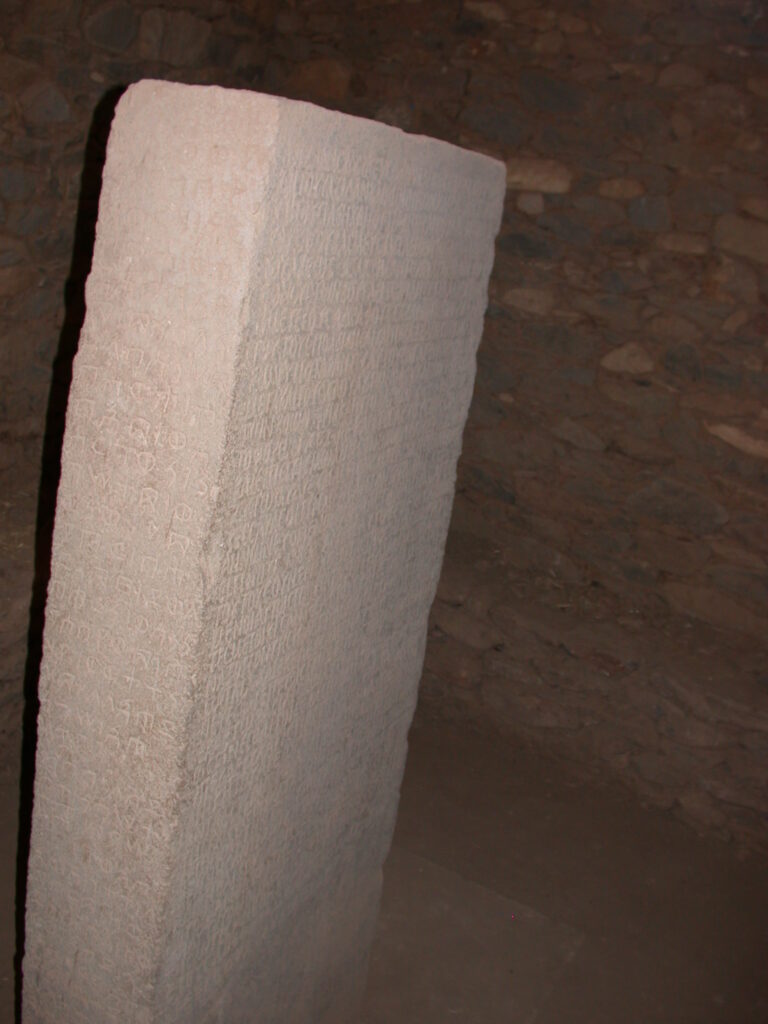
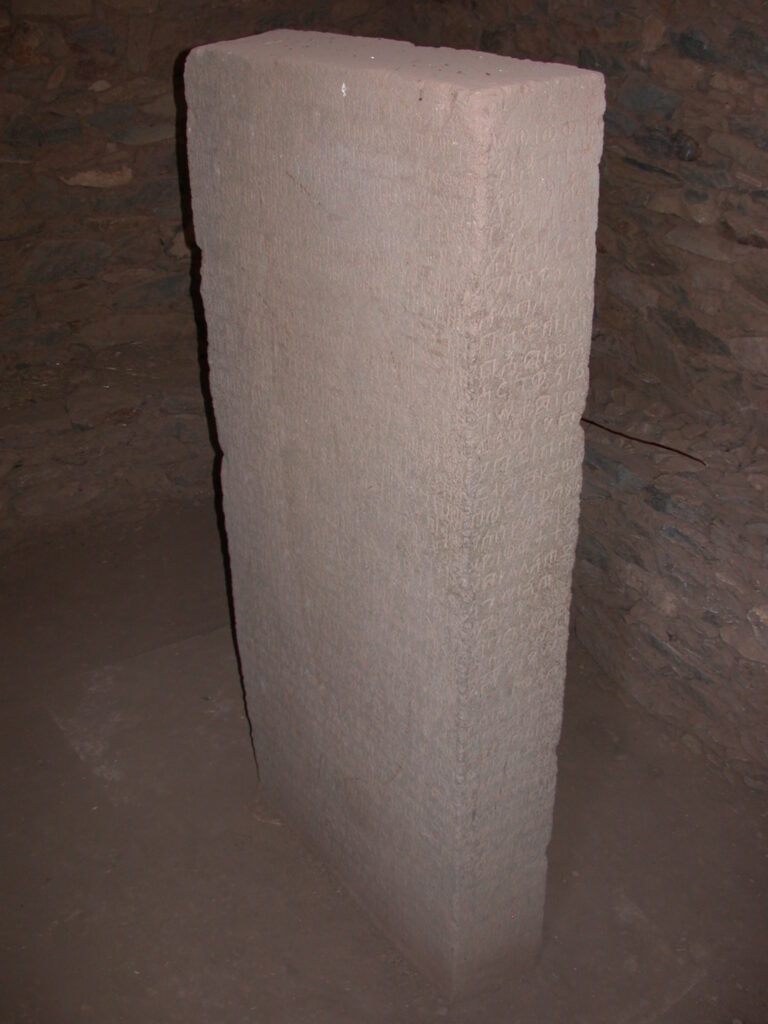
Here’s the “taxe” that brought me there (poor horsie!).
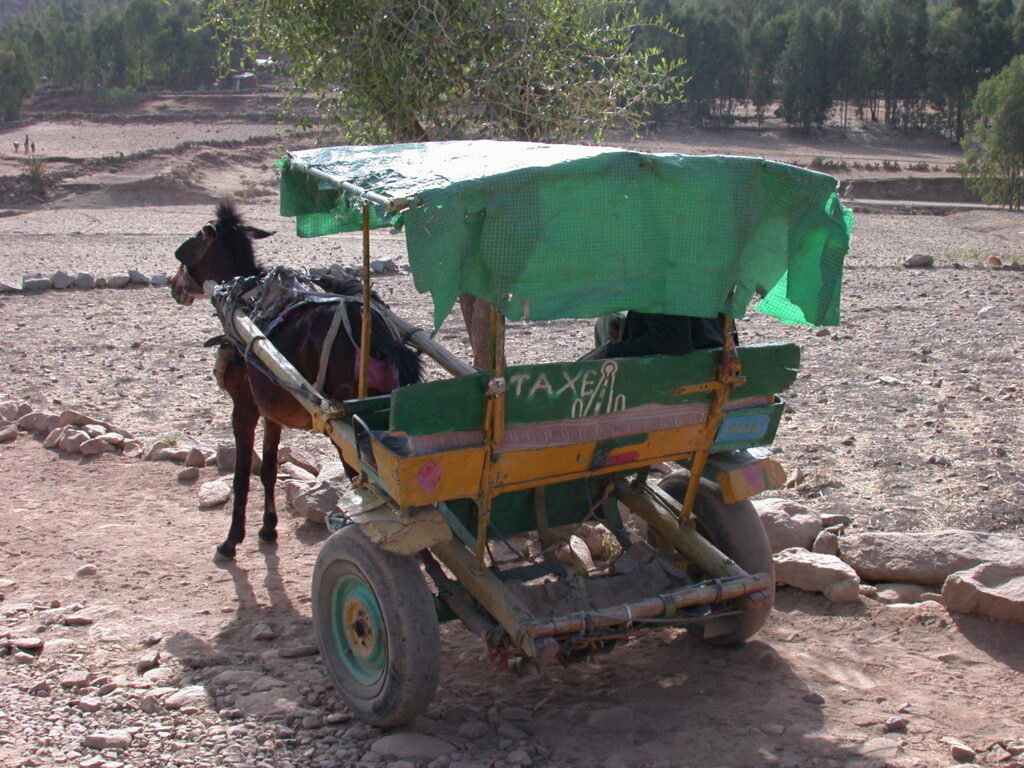
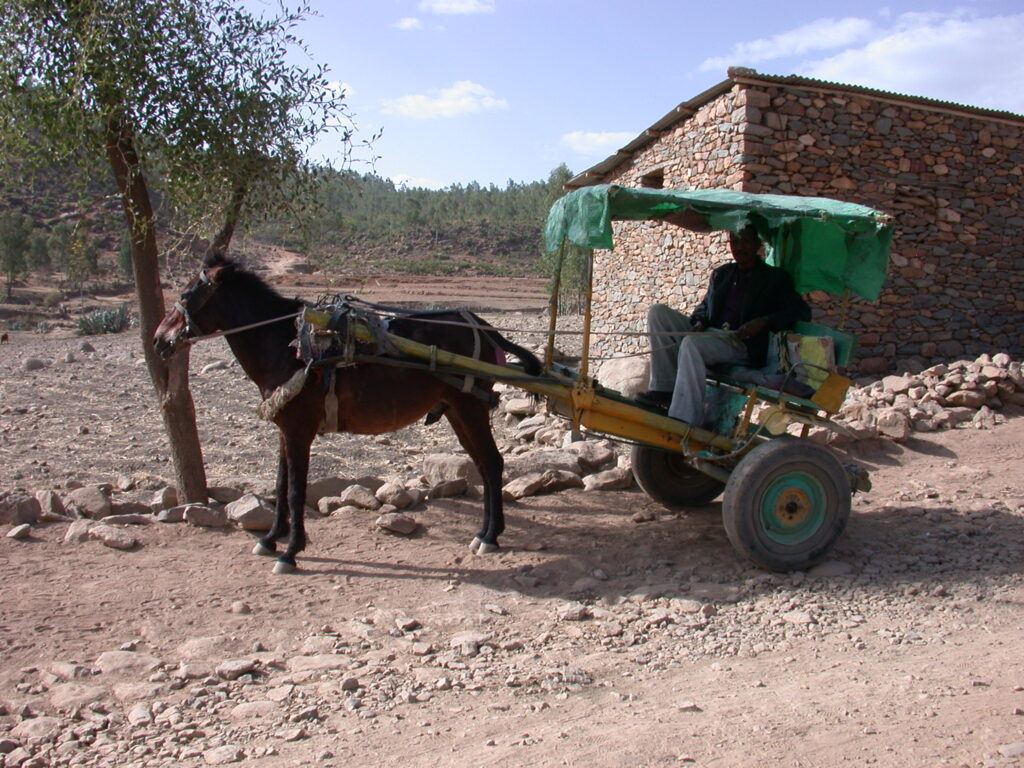
We drove by Queen Sheeba’s bathing pool. And we saw a sign about a military leader apparently killed by the Eritreans.
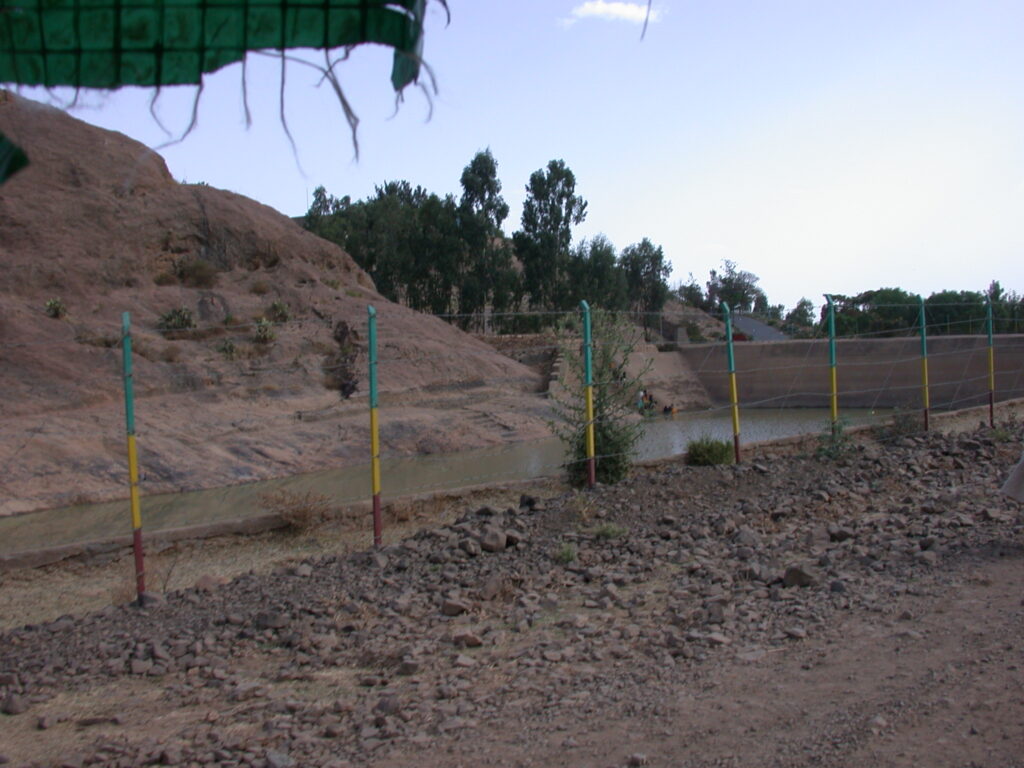
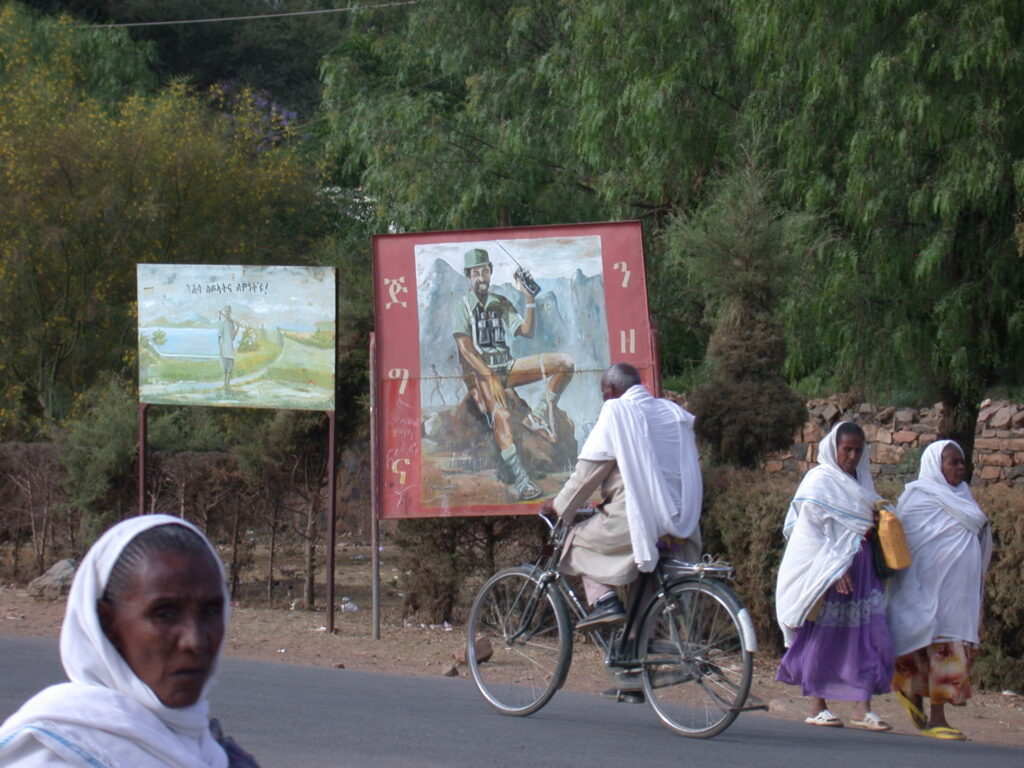
And there is a great sycamore fig tree in town.
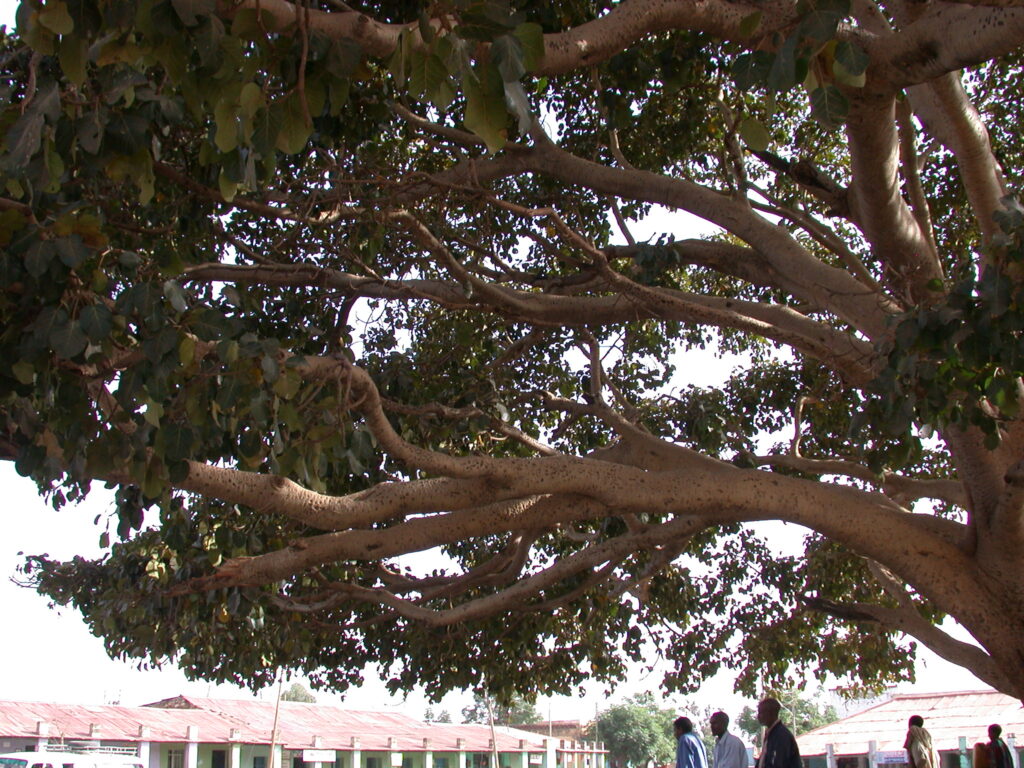
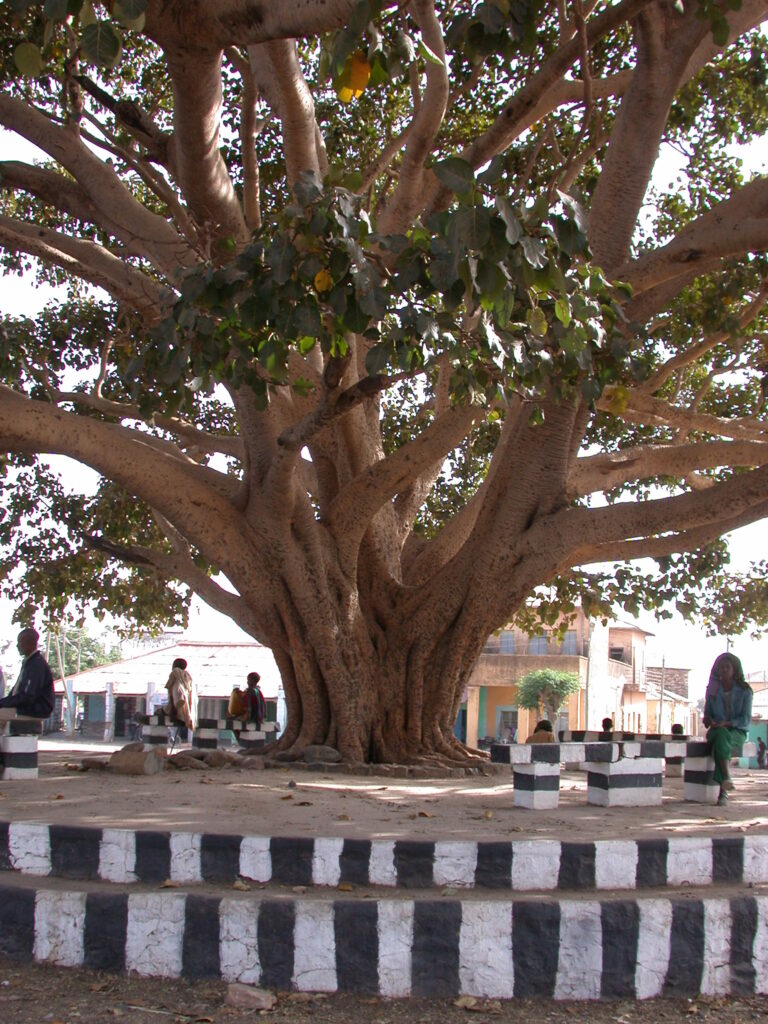
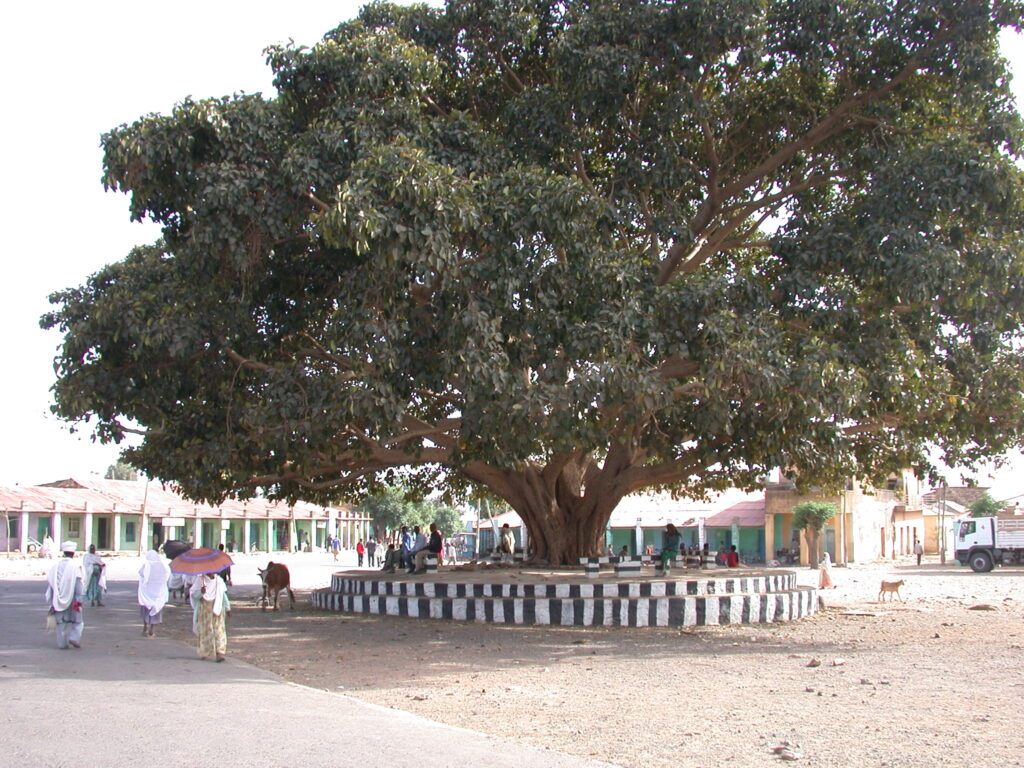
Many Ethiopians and others visiting Axum stop by also at Adwa. In fact, the country celebrated a holiday related to Adwa on March 1 while I was traveling there. Ethiopia is the only African country to remain free of colonial rule. The Italians tried in the late 19th century and the Ethiopians defeated them at Adwa on March 1, 1896. The Italians did later occupy Ethiopia during World War II for some years, but basically Ethiopia is the only African nation that has been consistently free of colonial occupation.
I also thought about visiting the rock-hewn churches at Lallibela before heading on to Gonder on March 7, but decided that I had to move forward. Many people rank the Lallibela churches as a must-see and I’m sorry I had to miss them this time around.
